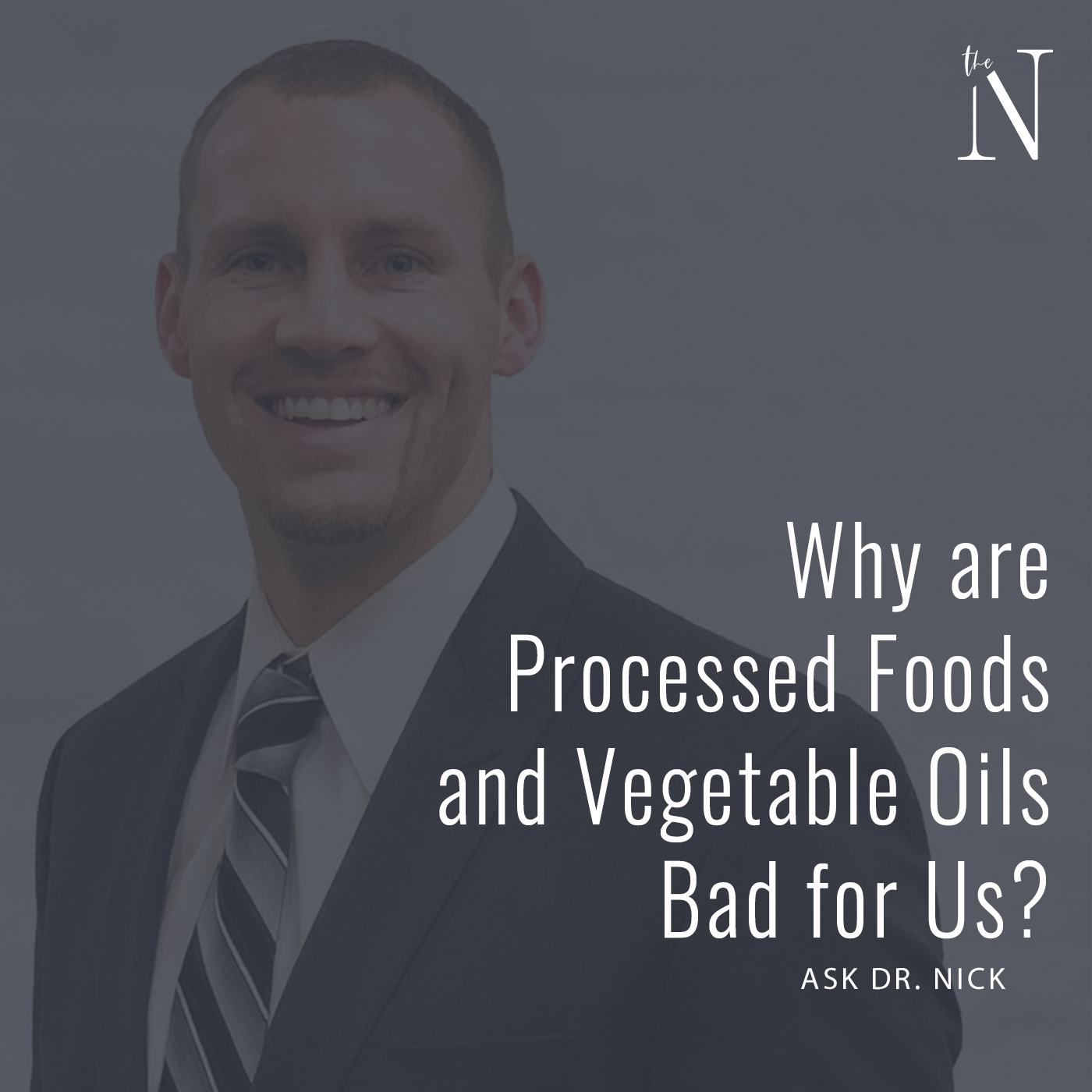
- Due to its shape, the bacteria that causes Lyme disease moves faster in tissue than in blood and can burrow into any structure throughout the body.
Lyme disease is technically caused by a spirochete bacteria that looks like a corkscrew. Typically Lyme disease spirochetes prefer joints (such as the knee), aqueous humor of the eye, meninges of the brain, collagen sites in the body (such as the skin and joints), and heart tissue.
- Lyme disease can quickly enter the central nervous system and your brain.
Studies on how quickly Lyme disease can enter the central nervous system vary from 12 hours in mice to 1 month in monkeys. It is important if you believe you have been bitten by a tick to see a doctor and start treatment if necessary as soon as possible.
- Ticks carry a variety of microbes which can lead to multiple types of infections.
It is rare for someone to just have Lyme disease after a tick bite. Common co-infections of Lyme disease are babesiosis, ehrlichiosis, anaplasmosis, Bartonella, STARI, Colorado tick fever, Tick-borne relapsing fever, Q virus, Powassan virus, Rocky Mountain spotted fever, and Tularemia.
- The Lyme spirochete is pleomorphic and can change forms depending on the environment.
The ability to change structure allows the bacteria to be very resistant to any threats such as the immune system and medication/natural supplements. Research has shown the Lyme spirochete may change from spirochete form into L-form (cell wall deficient), granular form, or cyst form.
- Lyme spirochetes have been shown to be capable of producing biofilms which allow the spirochetes and the coinfections to hide from the immune system, as well as medications/natural supplements.
The large majority of bacteria (good and bad) in our external and internal world survive in biofilms. Biofilms are dome-like structures composed of DNA, proteins, and polysaccharides made by groups of organisms that are used for protection.
- Lyme disease spirochetes have the ability to discard some of their DNA into their external environment as a decoy for the immune system.
This is referred to as a Bleb, and the immune system many times will attack the Bleb instead of the spirochete.
- Microbes can communicate with each other.
Quorum sensing is a form of communication between pathogens to allow the microbes to selectively alter their genetic expression to adapt to their environment and external threats such as the immune system and medications/natural supplements.
- Lyme disease can rearrange its gene structure.
Lyme disease bacteria have been shown to contain the largest number of genetic units of any bacteria known and also have the ability to rapidly rearrange their gene structure allowing the bacteria to be very resilient and elusive to threats such as the immune system and medication/natural supplements.
- Lyme disease has been associated with a number of neurological disorders.
The inflammatory reaction in chronic Lyme disease is thought to be one of the causes of a variety of neurologic disorders such as Alzheimer’s disease, multiple sclerosis (MS), autism, and neuropsychiatric illness.
For more information on the type of conditions, our clinicians help with, schedule a consult with one of our patient care coordinators.




